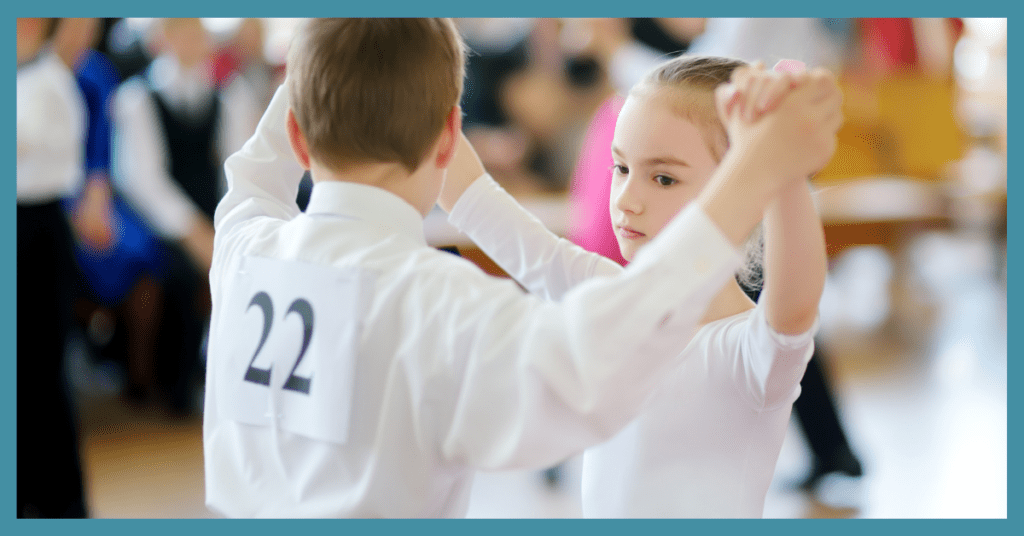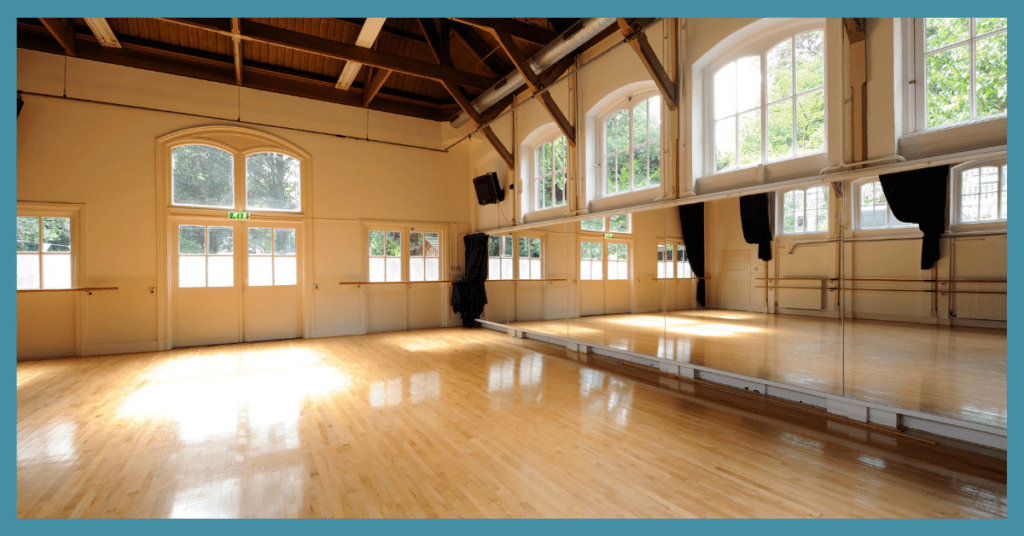Navigating Parental Presence in the Dance Studio: A Personal Insight

For nearly five decades, I’ve taught dance and navigated the delicate balance between helpful parental involvement and overstepping that can disrupt the learning process. Today, I want to share some of my experiences and insights, hoping to help fellow dance instructors manage this complex dynamic more effectively. This discussion is crucial not just for maintaining discipline but also for fostering an environment where young dancers can thrive.
The Case Against Constant Parental Presence
In my years of teaching, I’ve adopted a policy of not allowing parents to sit in on classes regularly. While this might initially seem strict or unwelcoming, there are several reasons for this choice, grounded in my observations and the feedback from the dance community.
- Distraction to Dancers and Teachers: When parents are constantly present, it can shift the focus from the children to performing for the adults in the room. This not only distracts the dancers but also puts undue pressure on the teachers to cater to the parents’ expectations, sometimes at the expense of the lesson’s flow and the children’s learning.
- Undermining the Teacher’s Authority: Some parents may inadvertently step into the role of a teacher, offering corrections or instructions. This can confuse young dancers, especially when the advice contradicts what they’ve learned in class. For example, telling a child to pull their shoulders back further when the teacher has already corrected their posture can lead to frustration and even injury.
- Increased Anxiety and Pressure: Dance classes should be a space where children can express themselves without fear of judgment. The presence of parents can create a performance-like atmosphere that heightens anxiety and shifts the focus from learning and enjoying dance to pleasing the audience. This is similar to the role of parents in performance settings such as youth sports.
Constructive Ways to Involve Parents
Despite these challenges, it’s important to involve parents in their children’s dance education—they are, after all, integral to their children’s support system. Here are some ways I’ve found to constructively involve parents without the pitfalls of constant presence:
- Scheduled Viewing Sessions: Instead of open classes, schedule specific days for parents to observe. This could be the last five minutes of class or a special session every few months where parents can see their child’s progress. This system sets clear boundaries and prepares children to showcase their learning without the constant pressure.
- Performance Recaps: At the end of a viewing session, I like to give a brief overview of what we’ve covered in class, highlighting the children’s accomplishments and areas for growth. This approach helps parents understand the breadth of material covered and reassures them of their child’s progress.
- Open Communication Channels: Maintain open lines of communication with parents. Regular newsletters, emails, or meetings can keep parents informed about their child’s learning and the class’s goals without needing them to be physically present.
Conclusion: Fostering Independence and Growth
Ultimately, our goal as dance teachers is to foster a nurturing environment where young dancers can grow in skill and confidence. By carefully managing parental involvement, we can ensure that our students develop a sense of independence and commitment to dance that is driven by their own love for the art, not by the pressure to perform for an audience.
This delicate balance requires thought, care, and communication, but the rewards—seeing our students shine both in and out of the parent’s view—are immeasurably worth it. Let’s continue to dance the fine line between involvement and interference with grace and understanding.






Responses